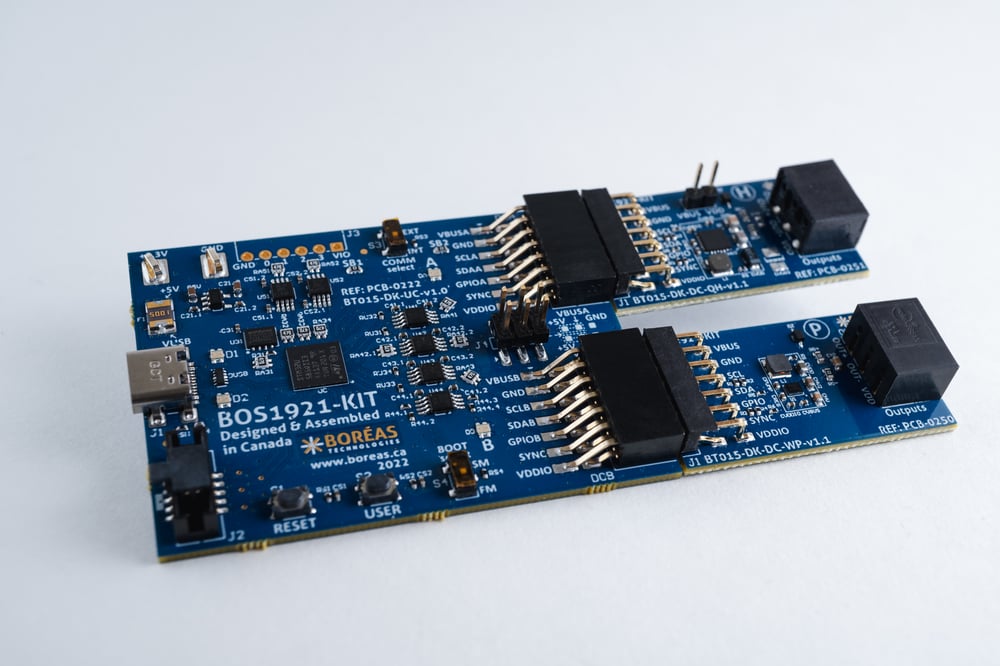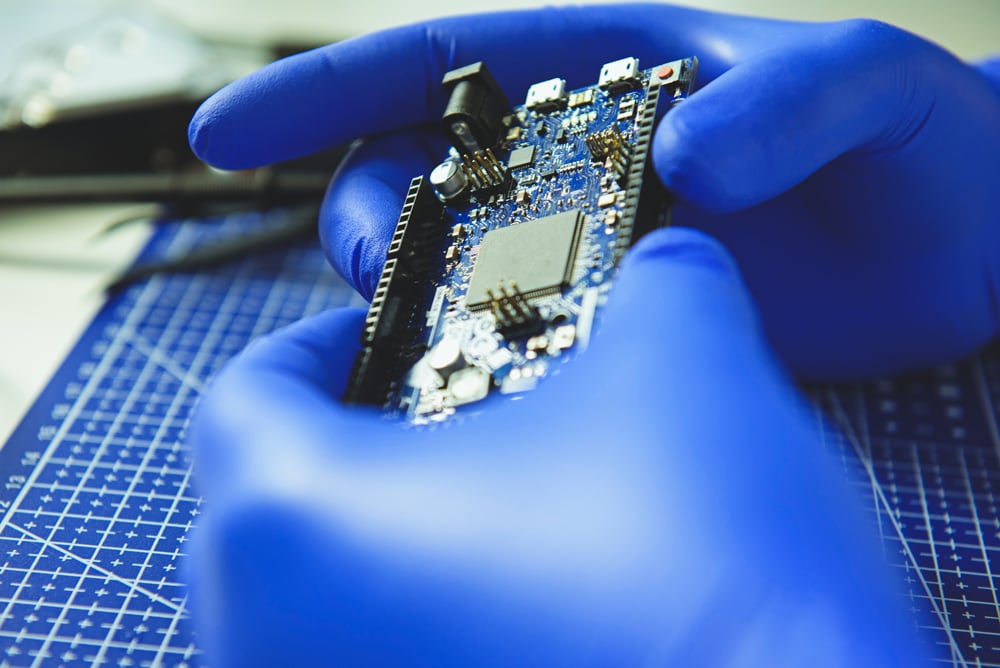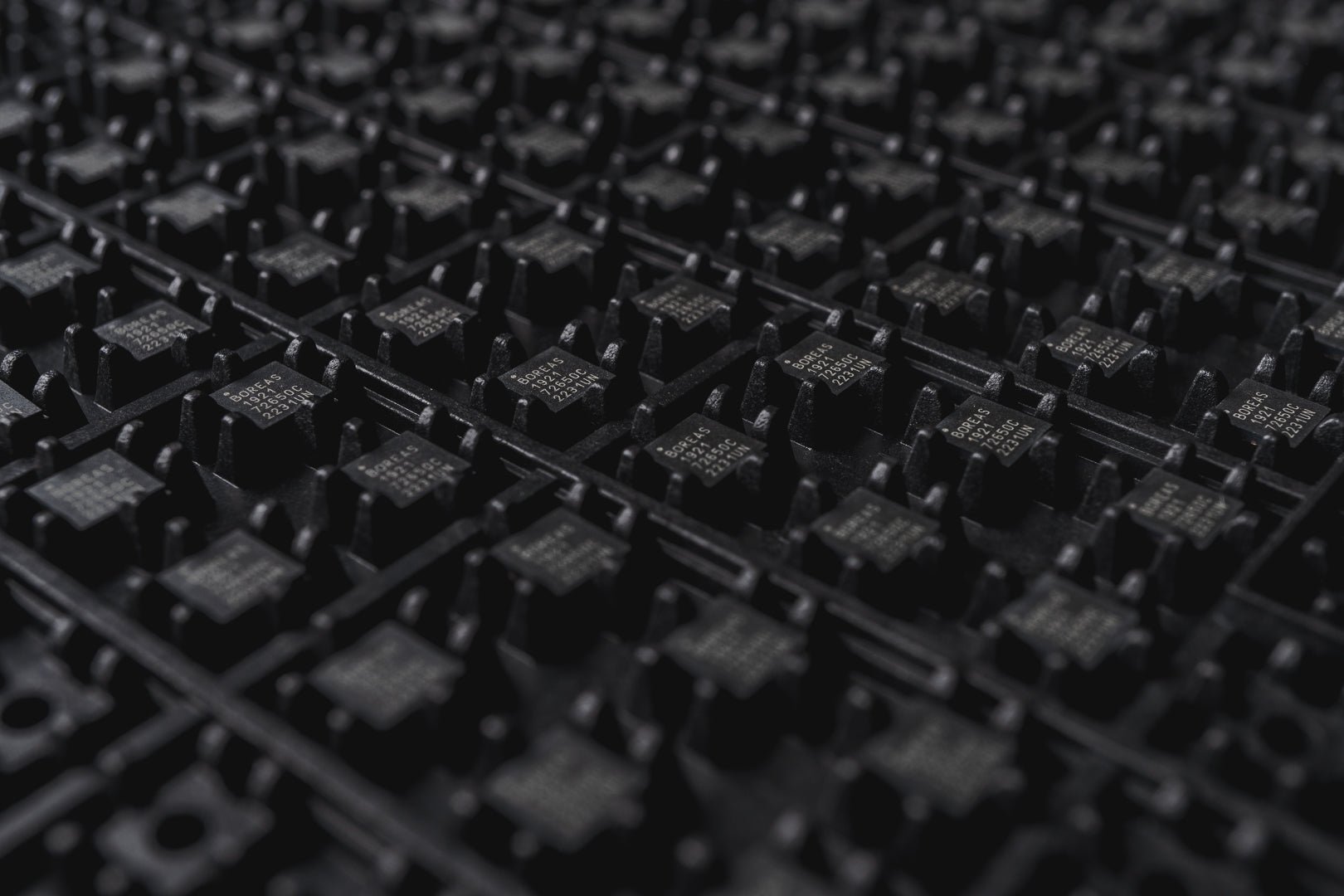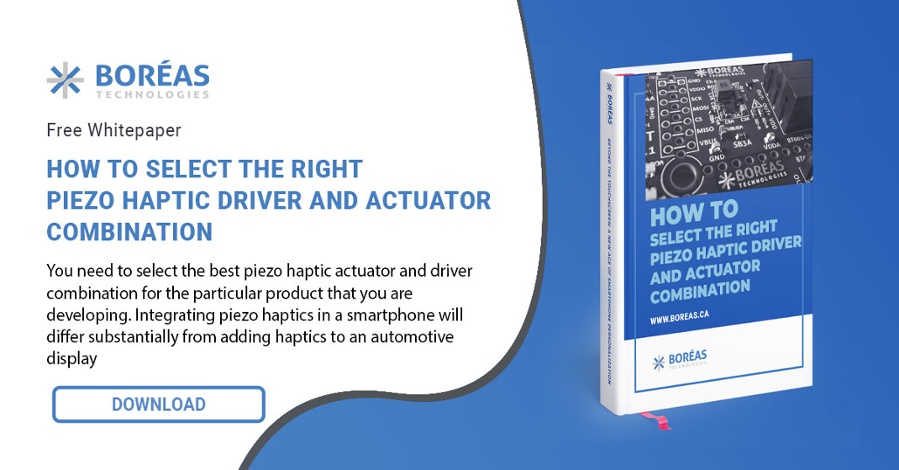
In just a few short years, touchscreens have come to dominate nearly all of our digital experiences. From smartphones to smart appliances, it's hard to imagine a world without touchscreens — but not all touchscreens are created equal.
Microelectronic circuit design is an innovative process that allows for touchscreens that replicate the natural feel of physical buttons, offering better, more functional touch devices.
The Role of Microelectronic Circuits in Haptic Feedback

Microelectronic circuits are the unsung heroes behind the vibrational magic you feel when typing on your smartphone or using a gaming controller. By intricately controlling electric currents, they generate precise vibrations with operational speed that mimic textures, impacts, and movements.
Microelectronic circuits and single transistor amplifiers, often integrated with sensors, can perceive user interactions and translate them into responsive feedback. When you feel the gentle pulse of a heartbeat in a health app or the satisfying click of a virtual button, you're experiencing these piezo driver circuits at work.
These basic circuits use advanced materials like piezo actuator elements to convert electrical signals into physical sensations. The effect is an enhanced, more satisfying user experience that engages multiple senses, making digital experiences feel even more real. As technology advances, so does the complexity of these analog integrated circuit designs, enabling finer nuances of touch, like the sensation of a rough surface or a subtle vibration that simulates a whisper.
Boréas Technologies is on the cutting edge of semiconductor solutions, digital electronics, solid-state diodes, and microelectronics. Our forte lies in designing low-power piezo haptic drivers, nurturing seamless integration and unparalleled tactile experiences in sectors from PC and mobile to IoT and automotive.
Advantages of Microelectronic Circuit Design in Haptic Interfaces

These intricate circuits allow devices to offer a realistic touch experience, bridging the gap between the digital and physical worlds. In essence, microelectronic circuits improve haptic interfaces by creating a variety of touch sensations, saving energy, and enabling versatile integration. Here is a rundown of their advantages.
Enhanced Precision and Control in Haptic Feedback
Microelectronic circuits enable unparalleled accuracy in haptic feedback. This integrated circuit orchestrates intricate patterns of vibrations, allowing you to discern between a gentle tap and a firm press.
The result? A level of control that transforms how you interact with technology. Precision takes digital interactions to the next level, from delicate tasks like drawing on a touchscreen with varying pressures to immersive gaming experiences where every rumble corresponds with the on-screen action.
Such advancements are not limited to entertainment, either. Medical simulations harness this technology for training surgeons in lifelike virtual scenarios. By feeling the resistance of tissue or the feedback of a virtual scalpel, aspiring surgeons refine their skills with unprecedented realism.
Low Power Consumption and Extended Battery Life
Microelectronic circuitry is a game-changer when it comes to power efficiency. These piezoelectric drive circuits orchestrate fine-tuned haptic feedback with minimal power consumption. By optimizing energy usage, they ensure that the power drawn for haptic feedback doesn't compromise overall performance — no more constant charging required. This makes devices more convenient and sustainable, reducing the environmental impact of electronic waste.
So, whether you're a busy professional or a dedicated gamer, the combination of microelectronic circuitry and efficient haptic feedback promises a world where your devices keep up with your pace, all while conserving valuable energy.
Integration With Other Components for Seamless Interfaces
From touchscreens to wearables, microelectronic piezo systems meld seamlessly with existing technologies, enriching user experiences. These circuits harmonize with sensors, processors, and actuators to create better user experiences in almost any digital interface.
This integration prowess isn't limited to consumer gadgets. Even industries like automotive design incorporate microelectronic circuits through ergonomic controls that allow drivers to interact without visual distraction.
The key lies in the efficiency of these circuits, which collaborate seamlessly without straining device resources. As other technologies become more intricate, microelectronic circuitry's role in forging cohesive, user-friendly interfaces becomes increasingly pivotal.
Immersive User Experience
These intricate circuits serve as the architects of touch, reshaping the interaction landscape. This transformation's heart is the departure from conventional, mundane touch feedback. Microelectronic haptic systems infuse life into devices, creating a multidimensional touch experience that simulates textures, movements, and even environmental forces.
This immersion results from precise orchestration; microelectronic circuits craft a symphony of sensations by meticulously controlling vibrations. Beyond entertainment, applications span diverse domains, from virtual reality training scenarios in aviation, where pilots can sense control and frequency response, to medical simulations that allow aspiring surgeons to feel tissue resistance during virtual procedures.
The integration of microelectronic circuits with haptic interfaces offers a profound shift in how we perceive and engage with technology.
Durability and Cost Optimization
While diminutive in size, these circuits wield substantial influence in reshaping technology across various domains.
Durability reigns supreme, as microelectronic haptic systems are meticulously engineered to withstand the trials of continuous usage, contributing to the longevity of devices. The integration of advanced, customizable materials and precise manufacturing techniques ensures these circuits can endure the demands of daily interactions.
Beyond durability, microelectronic circuits introduce a paradigm shift in cost optimization. Their integration minimizes the reliance on intricate and often costly standard components traditionally employed in haptic systems. This streamlined approach not only reduces production expenses but also enhances the overall reliability of devices.
In industries spanning consumer electronics, automotive, healthcare, and beyond, the combination of durability and cost efficiency brought about by microelectronic circuit design underscores its transformative potential.
Unlock the Power of Microelectronic Circuits and Elevate Your Products
The remarkable benefits of microelectronic circuit design profoundly influence our digital experiences. These circuits seamlessly blend innovation and practicality, reshaping user experiences across industries.
Microelectronic circuits represent major innovations in convenience, functionality, sustainability, and affordability, reshaping the technology landscape. Ready to explore further? Discover the innovative world of piezo circuits and their applications by contacting us at Boréas.



Leave a comment